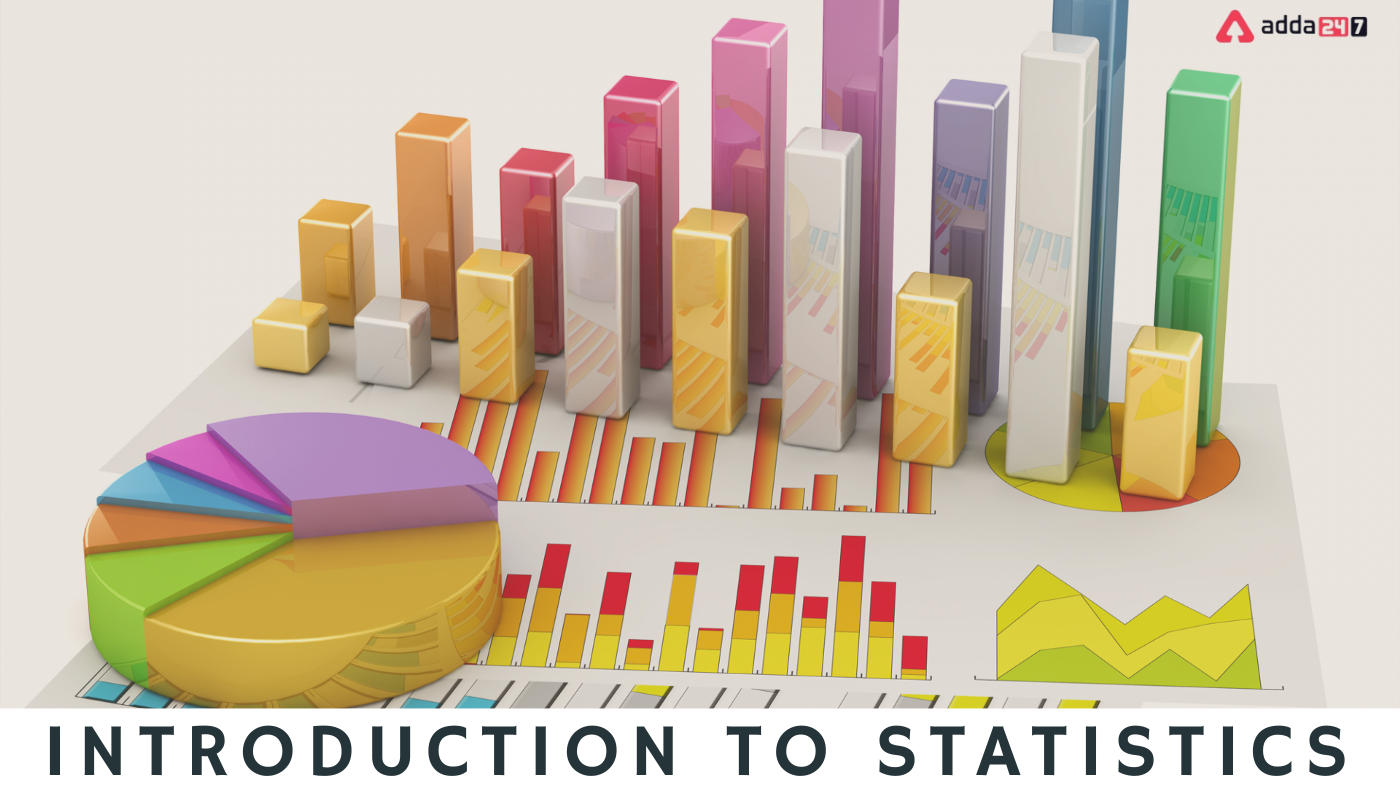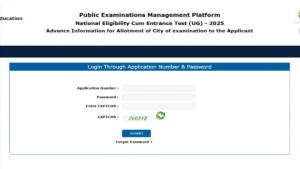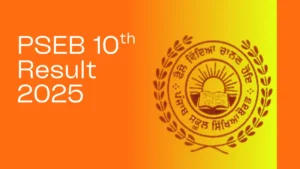Table of Contents
Introduction To Statistics Definition
Introduction to Statistics: The Greek term “Statistique,” the Latin word “Status,” the Italian word “Statista,” and the German word “Statistic” are the origins of the word statistics. The study, gathering, analysis, interpretation, and organising of data for various end goals are all considered statistics. Statistics make it simple and effective for a user to collect and analyse large amounts of numerical data. It is simple to define intoduction to statistics in both the plural and singular terms.
Read: PCMB Career Option After Class 12
Introduction To Statistics in Plural Type
Introduction to Statistics, as used in the plural, refers to the methodical gathering of numerical data and facts for a particular goal in a field of study. The following are the main traits of statistics in the plural sense:
- Numerically expressed: Only numerical or quantitative data are included in statistics. Qualitative factors like beauty, intelligence, generosity, etc., are not considered in statistics. Instead, they can be measured by giving them a score or unit.
- Facts as a whole: This means that since users cannot compare the numbers, they cannot be characterised as separate or isolated figures.
- In connection to one another: The data is typically gathered to make comparisons in statistics. Therefore, homogenous data is crucial in order to get comparative numbers.
- Reasonable accuracy: A reasonable standard of accuracy is used while gathering data for statistics. It implies that a great level of accuracy is not required in this profession as in mathematics or accountancy.
- Affected by various causes: No single factor influences the statistical study of numerical facts or figures.
- Predetermined goal: The study’s goal is predetermined since it aids in the methodical collecting and analysis of data and produces precise results.
Introduction To Statistics- In The Singular Type Sense
In the singular, the term “statistics” refers to the process of gathering, presenting, analysing, and interpreting numerical data for research. Various phases of the statistical study are:
Gathering of data: The first step in the data collection process is choosing the appropriate data collection strategy for the study.
Data analysis: Following the presentation, the data is examined in order to produce correct results. The basic techniques for doing this include interpolation, measures of dispersion, and measures of central tendency.
Data interpretation: The application of the conclusions is the final step. Following the application of the comparisons, accurate forecasting is produced.
Data organisation: After being gathered, the information is distilled so it may be compared. The data is gathered and categorised in this stage according to time and location.
Data presentation: The third step is to present the organised data simply and attractively using graphs, charts, diagrams, and tables.
Introduction to Statistics In Economics
Introduction to Statistics in Economics, Economics heavily relies on statistics. Statistics makes understanding various economic issues and studying market structure easier. By developing proper economic policies, statistics also aid in resolving economic problems after they have been better understood. Statistics are used by every area of economics to support various economic theories. Statistics can also be used to build a mathematical relationship. The specific facts of economics can be presented by economists. They can also establish the causal connection between several data sets.
Join the Saksham batch by Adda247.
Importance Of Statistics
- The inductive approach of generalisation was used to construct the economic laws that statistics assist in developing, including the Law of Demand, Law of Supply, Elasticity of Demand, Elasticity of Supply, etc.
- A mathematical relationship between the various economic factors can also be estimated by an economist.
- An economy deals with a variety of issues, including unemployment, poverty, etc. Statistics aid an economy in comprehending and effectively resolving these economic issues through the use of various methodologies and tools.
- Different market arrangements, such as monopolies, oligopolies, and perfect competition, are present in an economy. It is crucial to analyse these market structures for better outcomes and functionality. Statistics aid in the analysis by comparing the firms’ costs, profits, and pricing.
- In the end, statistics are useful in understanding how various economic concepts behave. For instance, by taking into account various supply and demand variables, the laws of supply and demand are utilised to comprehend consumer behaviour towards the purchase and use of a good or service.
Functions Of Statistics
Formulation And Hypothesis Testing: To test a hypothesis, you must run a fictitious scenario in order to see how it performs. As a result, a variety of statistical techniques and tools aid an economist in developing and evaluating the hypothesis.
Expansion Of Knowledge And Experience: By applying statistics and engaging in various statistical methods, a person might broaden their knowledge and experience. A person’s capacity for thought and reasoning is also increased by statistics, which finally aids in the development of a logical conclusion.
Fact Comparisons: One of statistics’ core tasks is to compare facts and figures for a predetermined goal. This is because absolute numbers cannot express a more meaningful concrete meaning. In light of this, it is possible to compare the relationship between two data sets or groups using a variety of statistical techniques, including ratio, average, percentages, rates, and so forth.
Simplifying Complex Information: Analyzing large amounts of complex information is challenging. A layman cannot understand the complicated phrases and information offered in the analysis and conclusions of the study. Therefore, a user or economist can display complex data in a comprehensible and straightforward manner by using various statistical methodologies.
Forecasting: There is a lot of uncertainty and risk in business. Therefore, in order to get ready for any form of shift, businesses and the economy alike must foresee the future. Forecasting that is correct and precise aids in lowering uncertainty. For this aim, one can use different statistical methods such as time series analysis, interpolation, etc., since they can help make a projection of the future.
Presentation Of Facts In Their Definite Form: Statistics aids in the presentation of facts by employing figures that accurately reflect the data. Presenting qualitative facts about data instead of quantitative figures can not communicate the data well.
Limitations Of Statistics
It Can Be Abused: There is a high likelihood of abuse and incorrect results if statistical methods are not applied by a knowledgeable, trained, unbiased, and expert person. A person with biases might change the data to suit their objectives and desires.
Only On Average Are Its Findings Accurate: Only on average is a statistician’s conclusion true. This means that even while a class of 50 students has an average grade of 60, not all of them will have the same grade. One student could receive 30 or 40 points.
It Only Needs Homogeneous, Uniform Data: If the information acquired is not homogeneous, an economist will be unable to do a statistical analysis.
It Disregards The Qualitative Aspect: It does not consider elements that cannot be described quantitatively. To conduct research, it is necessary to translate qualitative characteristics like goodness, honesty, caring, health, intelligence, etc., into quantitative measures.
Individual Phrases Are Not Taken Into Account: As implied by the definition of statistics, which solely deals with the whole of information. For instance, it takes into account class averages rather than the grades of a single student.
Introduction To Statistics- FAQs
Ques 1. Which data cannot be statistically analysed?
Ans. Only quantitative data are dealt with by statistics; qualitative data are not properly dealt with by statistics. There is no way to quantify goodness, honesty, or beauty.
Ques 2. What term is statistics employed as?
Ans. The word ‘statistics’ is used as Singular and Plural.
Ques 3. What are the eleventh-grade statistics course’s main purposes?
Ans. Yes, statistics are a crucial instrument for researching and comprehending a nation’s economic issues.
Ques 4. What are some statistics applications?
Ans. The practice of applied statistics uses data analysis to assist in defining and determining organisational needs. Applied statistics is the foundation of data analysis.



 NEET City Intimation Slip 2025 Available...
NEET City Intimation Slip 2025 Available...
 PSEB 10th Result 2025, When will Punjab ...
PSEB 10th Result 2025, When will Punjab ...
 Madhyamik Result 2025 Date and Time Anno...
Madhyamik Result 2025 Date and Time Anno...










